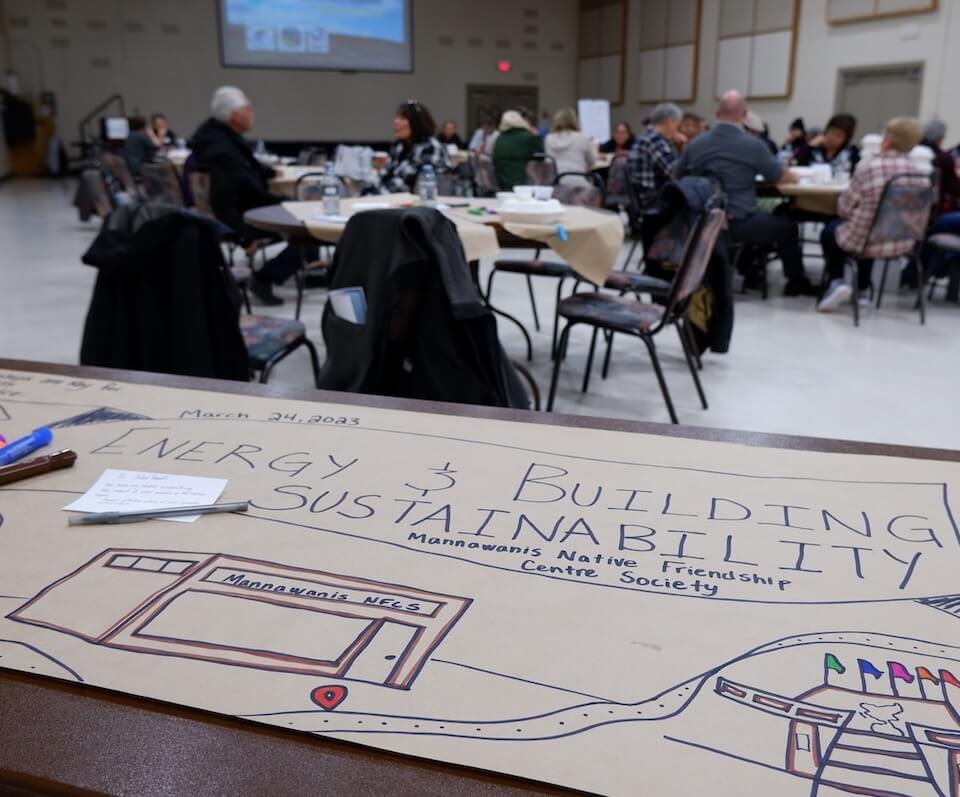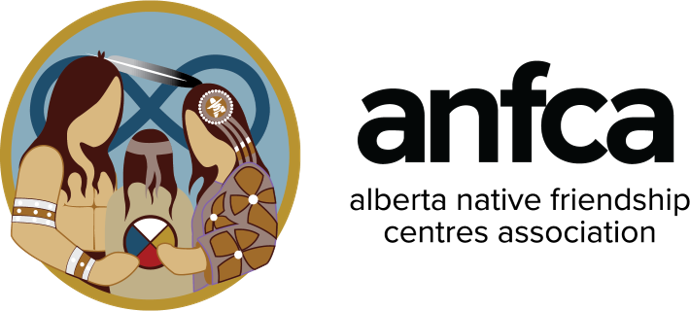Alberta Native Friendship Centres Association (ANFCA) is committed to supporting the principles and grassroots approach of the Friendship Centre Movement. ANFCA supports Friendship Centres in creating safe and welcoming urban hubs that provide culturally appropriate programs and services and create opportunities for Indigenous people and communities to become empowered, to enhance their leadership skills, and to be fully engaged and involved in community development.
We are grateful to ANFCA for their leadership in this project by being a voice for the needs and amazing work of the Friendship Centres throughout, and for supporting the SAIT team as we learned and grew in our understanding of working together in new and creative ways.
Kelsey Chegus
Manager, Indigenous Relations and Special Projects, ARIS
Healthy buildings contribute to healthy occupants, and the relationship between a building can be likened to an ecosystem encompassing the structure, its people, and the surrounding environment. The Green Building Technology Access Centre, one of the centres in SAIT’s Applied Research and Innovation Services (ARIS) Hub, has collaborated with ANFCA and member Friendship Centres in St. Paul, Medicine Hat, Fort McMurray, and Grande Prairie to reduce carbon emissions, improve energy performance, and lower operating costs.
For several years, ANFCA has been leading the way in climate action and energy efficiency through this Retrofit and Emissions Reductions partnership. This initiative strengthens urban Indigenous communities by upgrading member Friendship Centres with energy retrofits for commercial buildings, energy efficiency training, and Indigenous knowledge integration — creating healthier, more efficient spaces that serve thousands of people across Alberta.
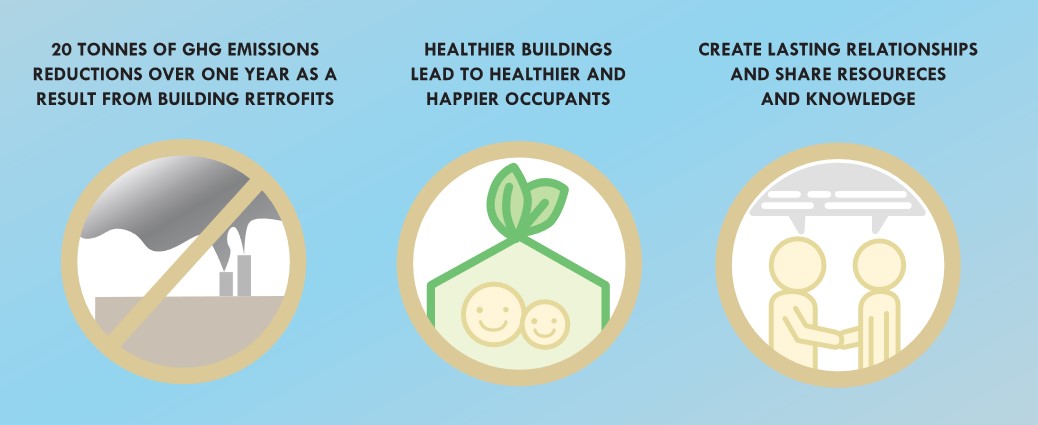
Key SAIT contributions
- Assessments and energy audits
- Energy retrofits
- Knowledge sharing
- Measurement and verification
- Knowledge hubs
- Training and community engagement
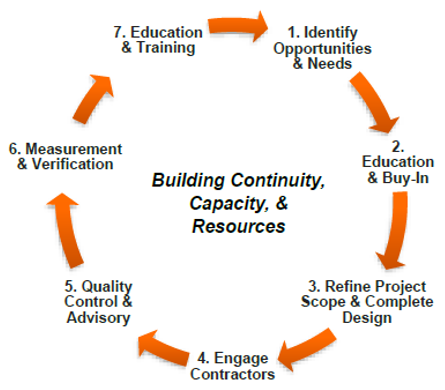
Applied Research and Capacity Building
ANFCA is committed to continuing the retrofit journey beyond the scope of this project, recognizing that building improvements are not a one-time endeavor but part of a cyclical process of renewal, learning, and execution. Each retrofit can provide valuable insights that can inform what direction to pursue next in the journey.
Through hands-on experience and implementation, ANFCA has strengthened its ability to undertake future retrofits more effectively. By fostering a framework and process for continuous improvement, ANFCA ensures that the lessons learned from this project lay the groundwork for future initiatives that support long-term building performance improvements, climate resilience, and healthier impacts.
Four Friendship Centres – Mannawanis, Miywasin, Nistawoyou, and Grande Prairie – were supported with materials and resources to act as a Knowledge Hub in their region.
Energy retrofits
A retrofit is the process of upgrading existing buildings or systems with new technology or features. An energy retrofit specifically targets upgrading components or systems of a building directly associated to energy performance and consumption.
The retrofit process began by completing ASHREA Level II Energy Audits with the Friendship Centres to assess their current state of energy performance and overall condition. An energy audit is a standardized assessment to evaluate a building’s energy use and identify opportunities for improving energy efficiency. The audit first establishes the building’s baseline energy performance by completing a thorough review of building systems and walk-through, using this information and data to generate a baseline energy model. Energy audits were completed for all four Friendship Centres. The energy audits recommend a whole range of retrofits, however due to limited funding, only select retrofits were completed.
The retrofits took place at Mannawanis Native Friendship Centre Society in St Paul, the Miywasin Friendship Centre in Medicine Hat and the Nistawoyou Association Friendship Centre in Fort McMurray.
All remaining retrofits not explained through the below CRM descriptions were additional work identified by Friendship Centres as urgent or necessary in supporting other retrofits/repairs occurring at the time. The goal of these energy retrofits is to achieve a reduction in greenhouse gas (GHG) emissions to reduce environmental and climate impacts of operational buildings.
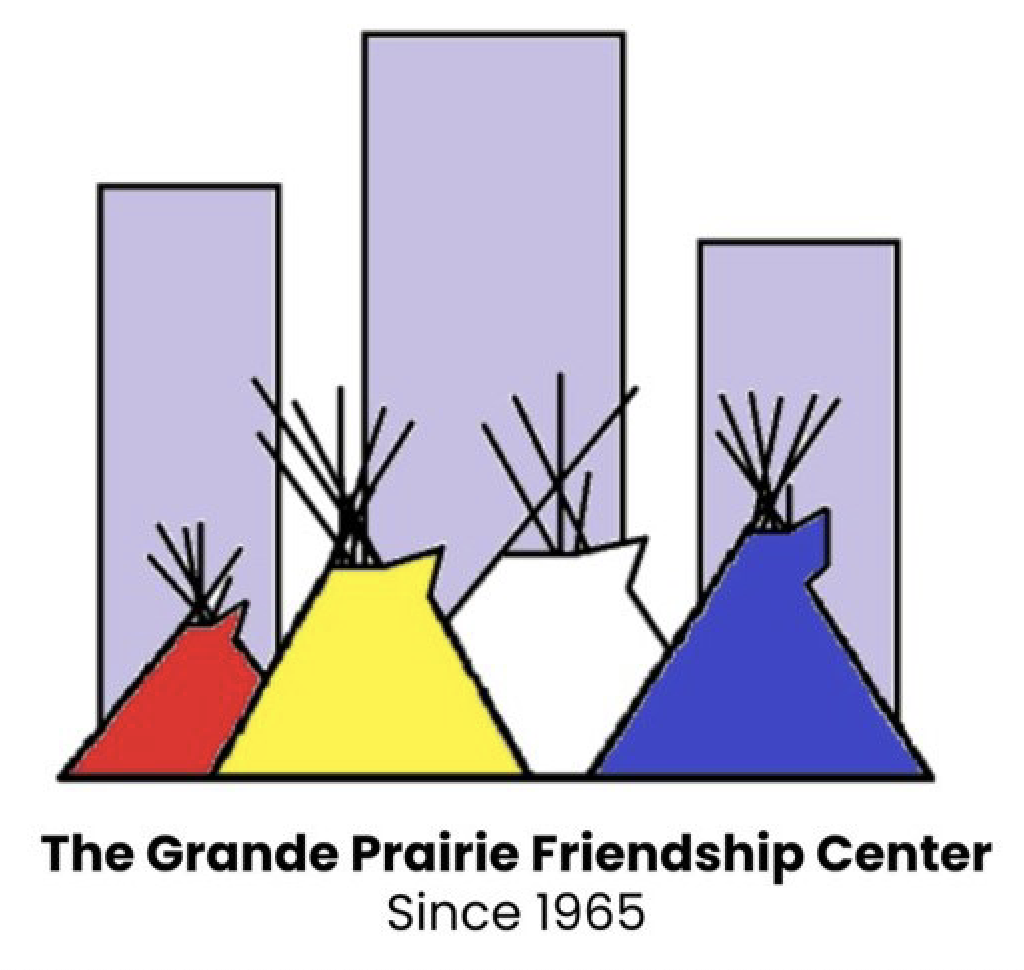
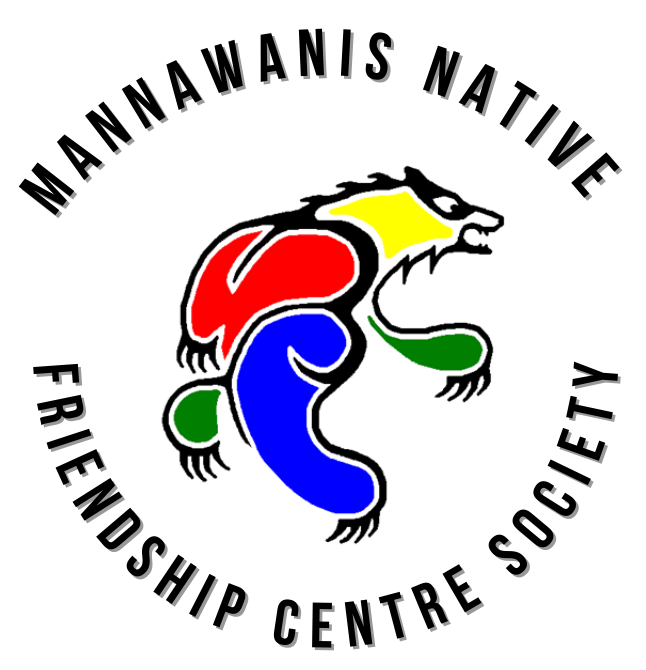
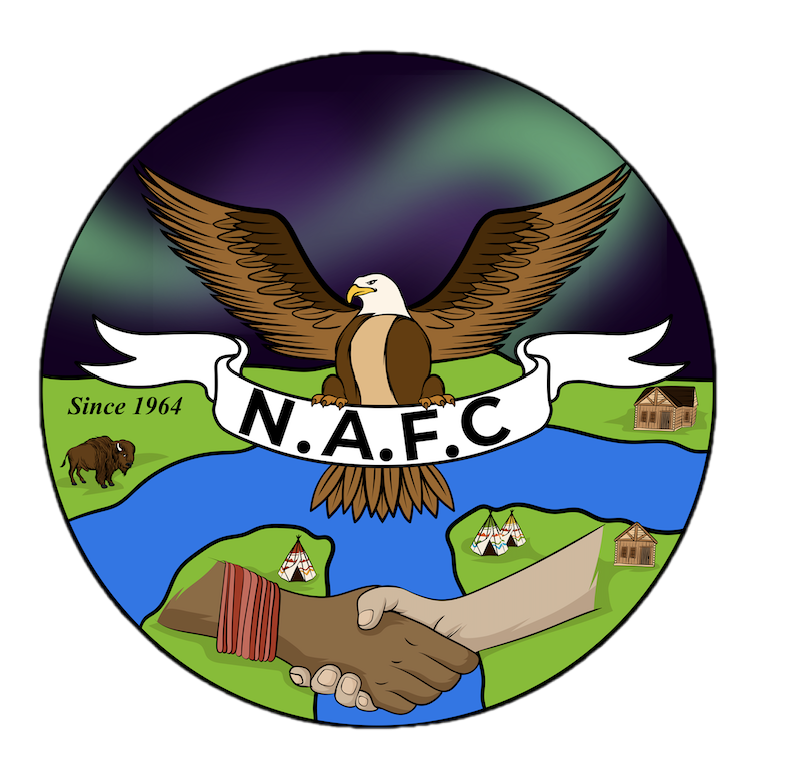
Select interior and exterior conventional lights were replaced with LED fixtures and lamps.
A night setback temperature strategy was introduced for unoccupied hours in all heating zones to reduce unnecessary heating. This included unoccupied building hours for the basement and main floor, and during the night for residential suites. For this, all non-programable boiler thermostats were upgraded to smart thermostats. This allowed heating schedules to be programmed automatically depending on occupancy patterns of the building and tenant suites.
- In some cases, smart thermostats were not feasible due to lack of wifi, therefore, programmable thermostats were installed instead of smart thermostats.
- All three Friendship Centres had temperature schedules and limited access for team members to prevent heating and cooling spikes and other inconsistencies.
Over time, buildings may undergo changes to their equipment, occupancy, or overall use. Additionally, equipment operating parameters and components may drift, fail, or operate sub-optimally due to poor control. If left unnoticed, the combination of equipment drift, failure, or poor control and building operating changes can result in sub-optimal performance, resulting in excessive and unnecessary energy use. Updating system controls and performing recommissioning (RCx) involves a systematic approach to evaluate and improve the current operating conditions and procedures of building equipment. This can target known operating issues and resolve unknown equipment deficiencies developed over time, often resulting in increased energy efficiency. All three Friendship Centres completed recommissioning.
Heating fluid additives reduce the surface tension of the hydronic solutions, resulting in increased thermal contact between the fluid and the pipe walls, increasing available heat transfer surface area. Heating fluid additives can be added to water-only systems, or glycol mix solutions, and does not affect the overall viscosity or freeze protection of the existing solution.
A boiler chemical treatment loop was installed at the Miywasin Friendship Centre.
Select windows were upgraded to high performance windows – double and triple pane – and utilize a gas fill between window-panes (argon), which resulted in reduced heat flow through glazed areas. These windows also consist of high performing insulated frames for reduction of thermal bridging. Low emissivity coatings were also applied to select window panes. The coating reflects exterior short-wave solar radiation back into the building to reduce summer time cooling loads, and reflects interior long-wave radiation back into the building to reduce heating loads during winter months.
Select pedestrian doors were replaced with new high performance and insulated doors. This included the removal of existing doors and glazing, and the installation of new doors and glazing. High performance doors helped improve the heat transfer through the door, while also providing good sealing when closed, reducing frost building and infiltration.
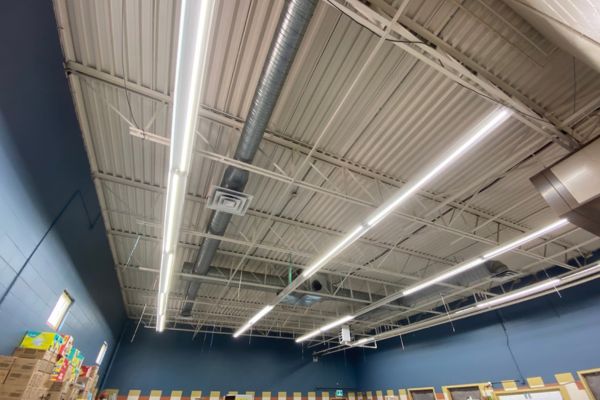
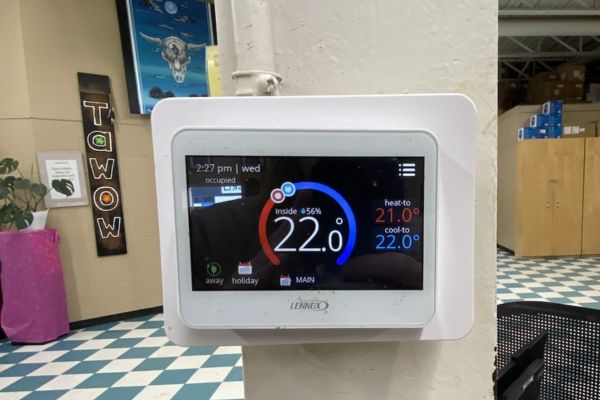
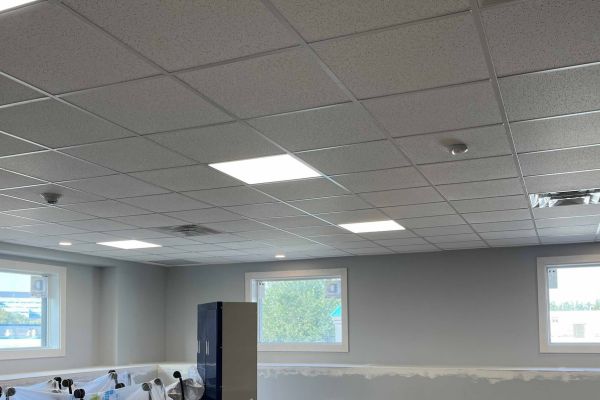
Engagement
While retrofitting was underway, a series of engagement events were organized and delivered with the Friendship Centres and their communities to increase both project awareness as well as the importance of such initiatives. From workshops to summits to training sessions and more, engagement events sought to provide an opportunity for knowledge sharing and two-eyed seeing by considering both Indigenous and building industry perspectives on project topics.
This series was designed as a decision making and interactive engagement intended for Friendship Centre teams and project members to select a retrofit plan based on the recommendations from the energy audits. As a technical and financially focused event, it was more intended for Friendship Centre teams rather than community members.
A series of four summits were held across the province where attendees were invited to participate and connect on topics related to building energy and sustainability. The goals of these engagement events were to provide project updates, increase awareness of Friendship Centres’ retrofit initiatives and plans, create connections to funding avenues to support Centres, provide education and interactive opportunities, and more. Summits were open to community members, industry, and Friendship Centre teams to encourage the development of new professional relationships.
Topics relevant to each individual Friendship Centre were selected for each summit, and included items such as:
- Understanding and navigating utility bills
- Showcasing retrofits happening locally in their respective areas
- The retrofit selection and project planning process
Training Sessions aimed to provide Friendship Centre membership and personnel with technical training on efficient building maintenance and resource management. Key topics related to the retrofits selected with Friendship Centres were discussed. Training material was designed so Friendship Centres can reuse it after the project to train future generations of both staff and community.
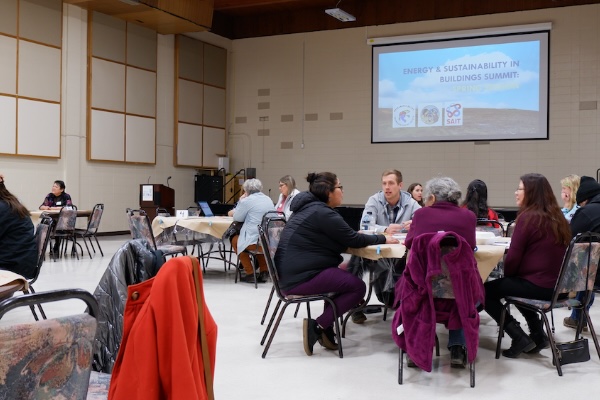
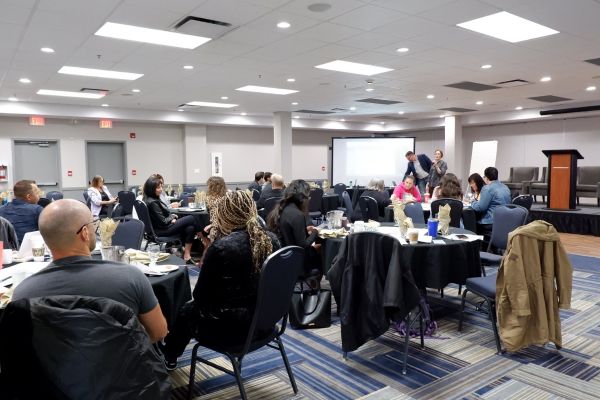
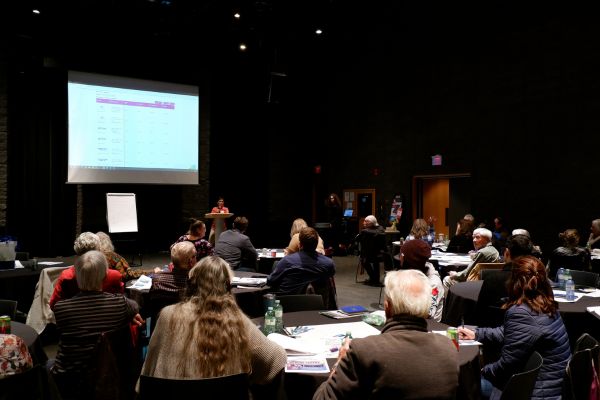

Project results
The project goal was to achieve a measurable reduction of GHG emissions of 20 tonnes of CO₂e from the operations of the three retrofitted Friendship Centres over a one-year period. The M&V period was defined from February 1, 2024 to February 28, 2025, with an extra month of data for additional coverage if necessary. Collecting a full twelve months of data is crucial when developing an accurate energy performance assessment of a building because it captures how the building operates throughout all seasons.
It is important to note that some retrofits and changes to the buildings were taking place during the course of the M&V period due to unavoidable project timelines. As a result, the data collected does not reflect a complete 12-month period post-retrofits.
The project successfully achieved an estimated measurable reduction of GHG emissions of 35 tonnes or more of CO2e. M&V report coming soon.
Project timeline
2021
The partnership with ANFCA began and GBTAC was introduced to 21 Friendship Centres across Alberta. Walk-through and preliminary assessments took place at 16 Friendship Centres.
2022
The Healthy Building Guide tool was created and delivered to all 21 Friendship Centres. The GBTAC and ANFCA project team created a thorough and robust selection process in identifying four Friendship Centres to participate in retrofits through the project; Friendship Centres were given the choice to accept or decline participation.
Four Friendship Centres officially confirmed participation:
- 📍Grande Prairie, AB | Grande Prairie Friendship Centre
- 📍St Paul, AB | Mannawanis Native Friendship Centre Society
- 📍Medicine Hat, AB | Miywasin Friendship Centre
- 📍Fort McMurray, AB | Nistawoyou Association Friendship Centre
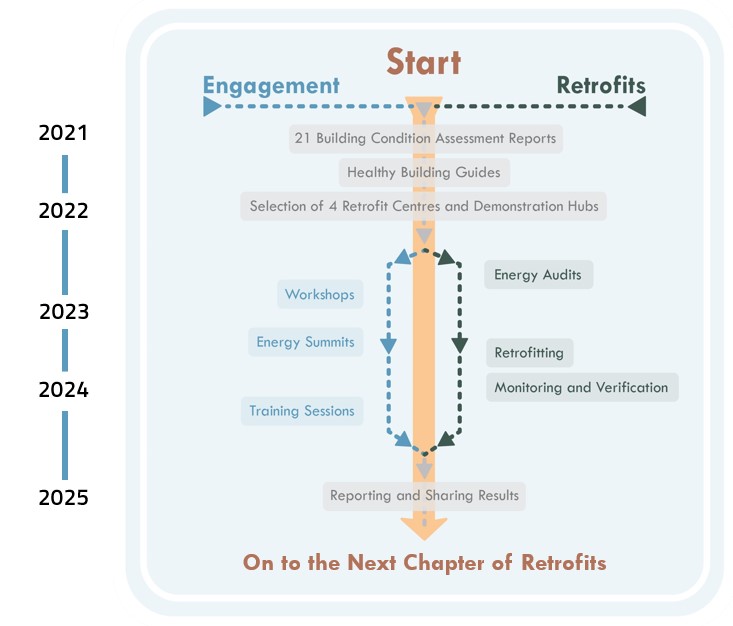
2023
Stantec engaged in leading engineering, energy audits, and other technical support for the retrofits. Energy audits were completed at all four centres. Retrofits were selected through coordination between Friendship Centres and the whole project team, including GBTAC, ANFCA, and Stantec. Retrofit workshops also took place, along with the start of the summit series.
2024
Remaining retrofits were completed. Summit series came to an end. Measurement and Verification began. Retrofit training sessions took place at the four Friendship Centres.
2025
Measurement and verification concludes. Energy emissions reductions results were generated. Additional workshops were held at Friendship Centres to reflect on the retrofit project process, along with an outlook on upcoming work to continue to retrofit project beyond this project.
About ANFCA
Alberta Native Friendship Centres Association (ANFCA) is the Provincial Association of 20-member Friendship Centres. ANFCA is committed to supporting the principles and grassroots approach of the Friendship Centre Movement. Indigenous cultural teachings, values and identity are at the core of ANFCA.
This project aims to promote the well-being, safety, and education and training of Albertan urban Indigenous communities on the relationship between positively improving buildings’ impacts on their occupants and the environment. By creating more efficient, healthier, and safer built environments, Friendship Centres can better support their communities through their programming. The added benefit that operating more efficiently typically also decreases operational costs through electricity and other utility usage, in turn reducing building carbon emissions and positively impacting the environment; all stages of the building, occupant, and environment ecosystem benefit.
Leon Cardinal
Green Initiatives Coordinator, Alberta Native Friendship Centres Association (ANFCA)

Thanks to the team
GBTAC
- Melanie Ross, Research Chair
- Kelsey Chegus, Operations Lead and Project Lead
- Alexandra Kodyra, Research Associate and Main Project Coordinator
- Lillian Pas, Interim Operations Lead
- Matthew Stachniak, Research Assistant
- Hussein Bello, Research Assistant
- Tracey Chala, Principle Investigator
- Amanda Robertson, Principle Investigator
- Seth Durocher, Research Assistant
ANFCA
- Joanne Mason, CEO
- Leon Cardinal, Green Initiatives Coordinator and Main Project Coordinator
- Candy Morningway, Director, Member Services
- Tracy Zweifel, Project Coordinator
- Dru Kholman, Green Initiatives Coordinator
Mannawanis Native Friendship Centre Society
- Tanya Shaw, Executive Director
- Kenna Leathem, Finance Manager
- Valerie Williams, Administrator
- Hinnano Haginoughi, Executive Director
- The Mannawanis team over the years
Miywasin Friendship Centre
- M. Jeannette Hanson, Executive Director
- Carol Syrette, Executive Director
- Joel McNally, general contractor through McNally and Associates
- Roderic Vanee, Building Operations
- The Miywaisn team over the years
Grande Prairie Friendship Centre
- Miranda Laroche, Executive Director
- Abby Bourque, Assistant Executive Director
- The GPFC team over the years
Nistawoyou Association Friendship Centre
- Stacy Gillingham, Executive Director
- Jenn Henderson, Operations & Finance Manager
- The Nistawoyou team over the years
Industry partnerships
- Tanya Doran, Principal, Carbon Lead Western Canada, and the Stantec team
- Energy Futures Lab (EFL)
- Thank you to all the local contractors who supported the retrofit work at each Friendship Centre, including taking additional time to share knowledge
Partner with us
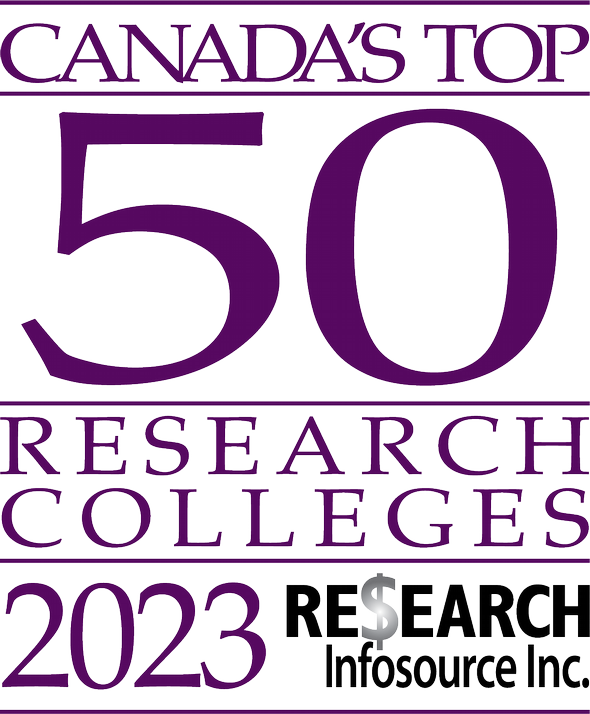 Our expert researchers, equipment, and facilities support business planning, product design and development, fabrication and prototyping, product testing, and technology verification, culminating in industry education and public outreach.
Our expert researchers, equipment, and facilities support business planning, product design and development, fabrication and prototyping, product testing, and technology verification, culminating in industry education and public outreach.
Green Building Technology Access Centre
Our centre focuses on identifying and developing environmentally friendly technologies, processes, programs, systems, and services that will fundamentally change how we build, educate and develop skilled labour.

Oki, Âba wathtech, Danit'ada, Tawnshi, Hello.
SAIT is located on the traditional territories of the Niitsitapi (Blackfoot) and the people of Treaty 7 which includes the Siksika, the Piikani, the Kainai, the Tsuut’ina and the Îyârhe Nakoda of Bearspaw, Chiniki and Goodstoney.
We are situated in an area the Blackfoot tribes traditionally called Moh’kinsstis, where the Bow River meets the Elbow River. We now call it the city of Calgary, which is also home to the Métis Nation of Alberta.
